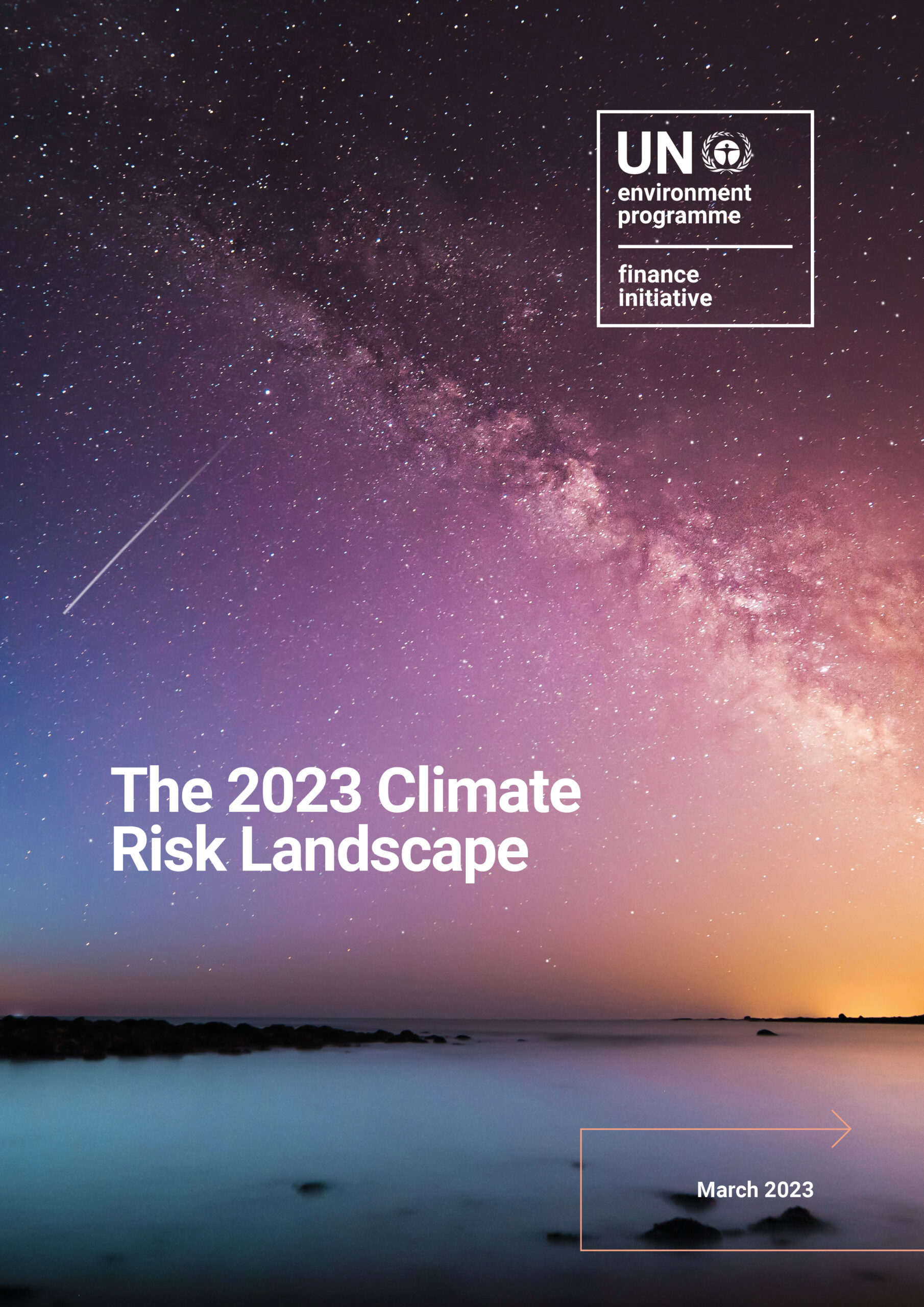According to the Intergovernmental Panel on Climate Change (IPCC), reaching net-zero emissions by 2050 requires global greenhouse gas (GHG) emissions to peak before 2025 and be reduced by 43% by 2030 relative to 2010 baseline. That is a little more than six years from now. While the ultimate climate objective spans nearly three decades, only immediate action will drive real change. Implementing near-term targets, ideally five-year targets, is crucial to effectively address the challenges of climate change.
This article presents UNEP FI’s third recommendation on credible net-zero finance commitments as outlined in UNEP FI’s input paper to the G20. By defining net-zero, the guidance helps financial institutions achieve consistency in target setting and implementation of their net-zero goals. The series of articles aims to support policymakers in understanding the progress to date and how to scale up the global transition to a net-zero economy. Read the first and second articles.
Stepping stones to net-zero
The importance of implementing near-term targets to ensure credible net-zero pathways cannot be overstated. Failure to align emissions with the 2030 trajectory may risk surpassing the 2°C global warming threshold. This could result in triggering climate tipping points that will cause abrupt and irreversible impact on people and ecosystems. Hence, focusing on long-term pledges without considering the necessary steps to achieve the overall objective undermines the ability to effectively reduce GHG emissions across sectors.
Why are near-term targets important?
- Breaking down long-term goals into actionable targets makes the ambition more tangible and manageable.
- Regular monitoring of progress enables financial institutions to learn and adjust in order to increase the effectiveness of actions.
- Achieving milestones along the way helps build momentum and confidence. Successfully reaching intermediate steps encourages continued efforts.
The power of five-year targets for financial institutions
The financing, investment and underwriting activities of financial institutions constantly evolve: new companies enter the portfolio while other companies exit. Financial institutions also actively engage with their counterparties in support of their transition.
Considering the dynamic operations and active client engagement, setting five-year targets is regarded as best practice for financial institutions aiming to achieve emission reduction objectives and financial institutions should strive to report on these targets on an annual basis. The targets should transparently cover all business operations and portfolios.
In conclusion, reaching net-zero emissions in less than three decades is a tremendous undertaking. Immediate action is required to secure the net-zero ambition by 2050. Financial institutions seeking to align with the 1.5°C emission reductions pathways need to set near-term targets to track their commitments. An iterative approach, based on short-term (ideally five-year) targets, ensures continuous progress while being sufficiently near-term to underscore the integrity of the net-zero commitment. Policymakers can drive forward the best practice of net-zero leaders in the financial industry by emphasising the importance of establishing, monitoring and reporting on near-term targets to achieve global climate objectives.


